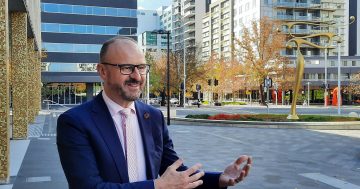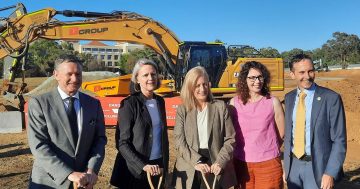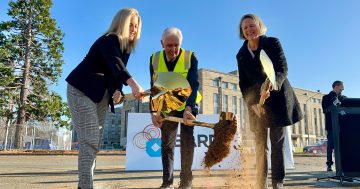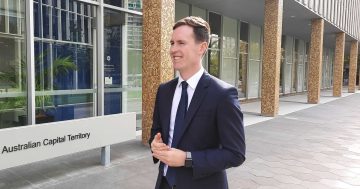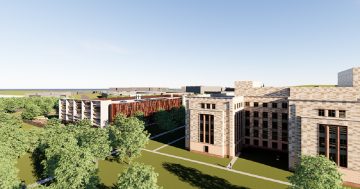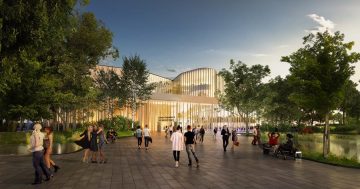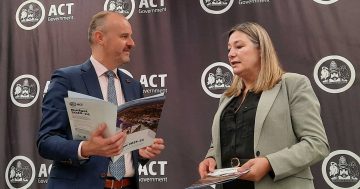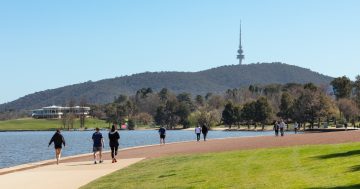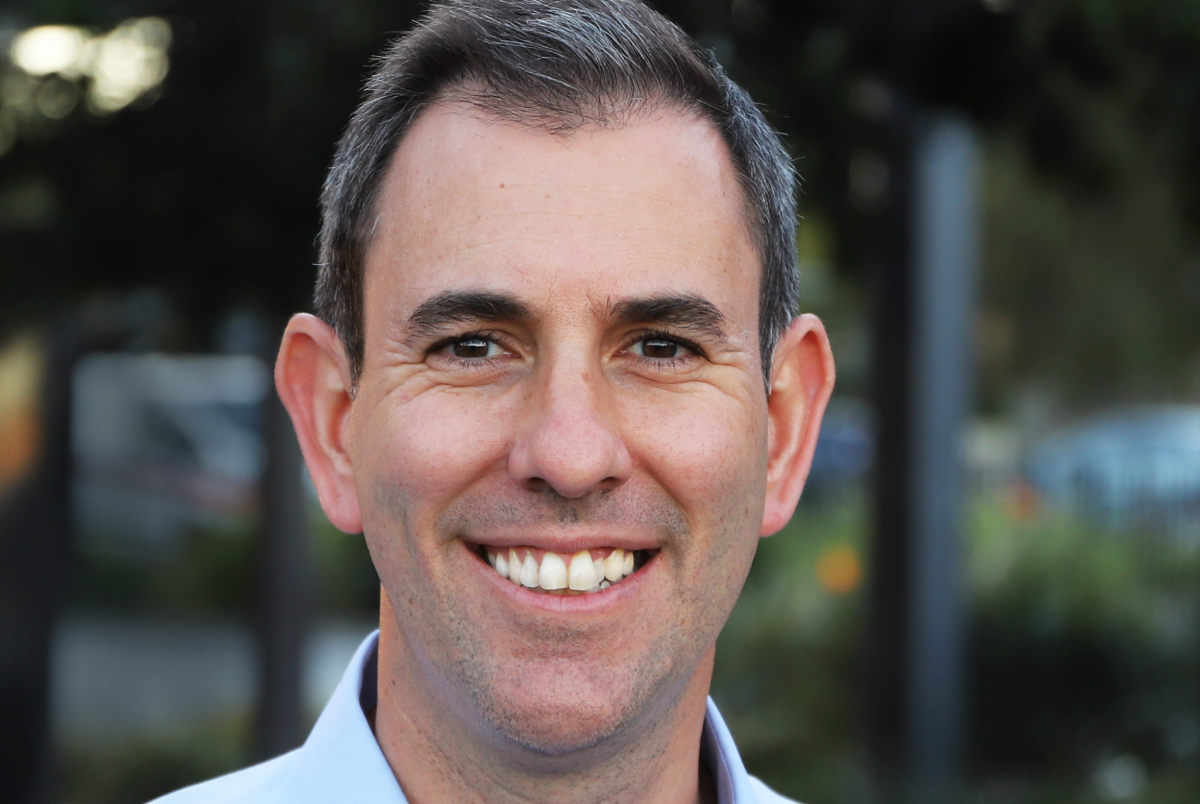
Treasurer Jim Chalmers: His first Budget announces a new national Housing Accord to build a million homes. Photo: Supplied.
Canberra will gain a new National Security Office Precinct in Barton that will be home to about 5000 staff across a number of agencies.
The Federal Budget papers say it will provide a “permanent solution to the critical accommodation and capability requirements of several national security and other Commonwealth agencies”, including the Office of National Intelligence and the Department of Foreign Affairs and Trade.
The project has apparently been in the works since 2020 when detailed business cases, planning, design and early market testing commenced.
But the cost of the new precinct has not been revealed due to commercial and national security sensitivities.
The project includes new Commonwealth Government buildings that will accommodate around 5000 staff, new retail and hospitality amenities, and new structured car parking in the Parliamentary Triangle.
It will create thousands of jobs during the five-year construction period starting next year.
The first stage of the precinct development will be a multi-level car park to be constructed adjacent to the John Gorton Building to support visitor and worker amenities in the Parliamentary Triangle.
Canberra will also benefit from the Budget’s centrepiece National Housing Accord between governments, investors and industry which aims to build a million homes over five years from 2024.
Treasurer Jim Chalmers said the Budget would kickstart the Accord with $350 million to build 10,000 affordable homes on top of existing commitments.
“This will be delivered through an ongoing funding stream to help cover the gap between market rents and subsidised rents – making more projects commercially viable,” he said.
“State and territory governments will build on our commitment with up to 10,000 new homes as well – that’s up to 20,000 new affordable homes in total.”
Mr Chalmers said the State and territory governments, along with local governments, would unlock supply by freeing up land release and zoning policies.
He is banking on institutional investors, including superannuation funds, to work with the government to find the money for more investment in new housing.
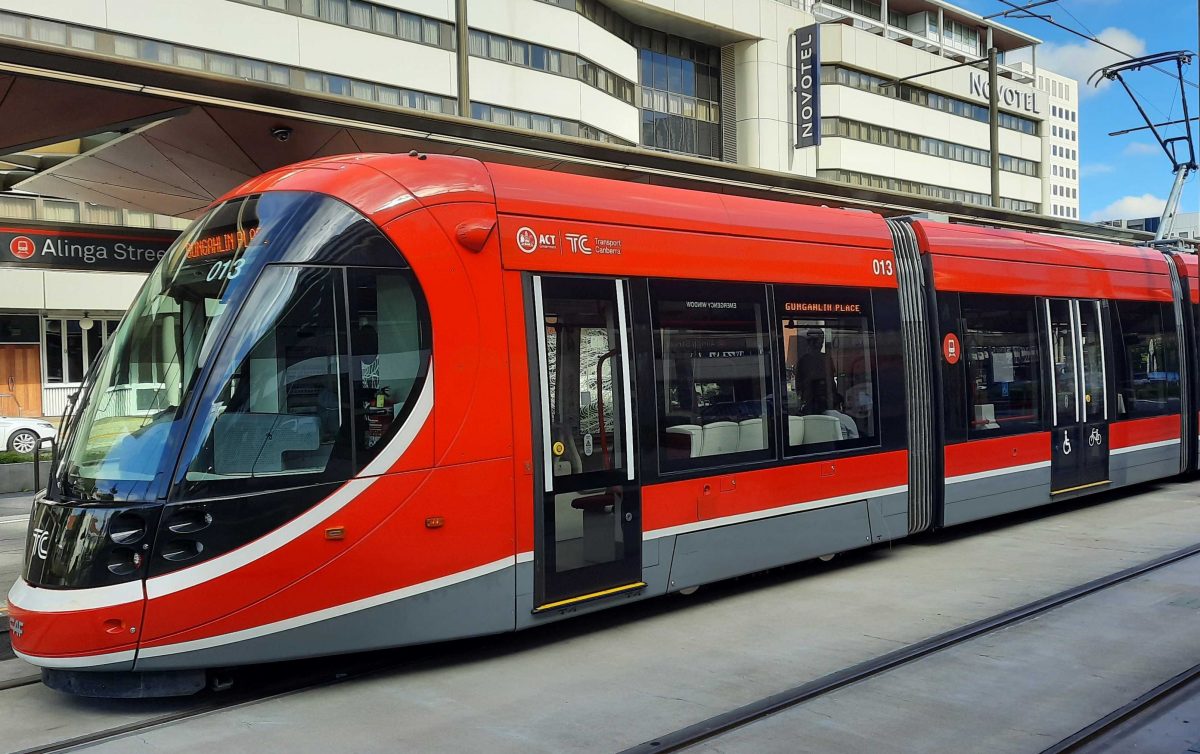
The Budget allocates an extra $85.9 million to Light Rail Stage 2A extension to Commonwealth Park. Photo: Region.
The new homes will have high energy efficiency ratings and their construction will involve training more apprentices under an extended Skills Guarantee.
The Albanese Government had already committed to building 30,000 new social and affordable homes in its first five years through the $10 billion Housing Australia Future Fund.
The National Housing Infrastructure Facility will also support building an additional 5500 new homes.
ACT Chief Minister Andrew Barr and ACT Housing Minister Yvette Berry said the ACT would seek to exceed its per capita share of those one million homes.
It had agreed to work collaboratively with the Federal Government and financial institutions to find innovative ways to pay for new social and affordable housing projects.
They said the ACT Government’s Build to Rent Prospectus released in August aligned with these broader objectives.
Improvements to zoning, planning and land release would be delivered in the ACT through the Planning System Review and Reform Project.
“We look forward to announcing further details on the implementation plan for the ACT in the coming months,” they said.
Mr Barr said the federal initiative would support the ACT’s own measures to boost housing affordability.
“There is still more to be done and we are actively exploring additional new policy directions with funding also allocated in the last Budget to improve housing affordability for low-to-medium income Canberrans,” he said.
“This includes affordable home purchase schemes, build-to-rent projects with affordable components, shared equity schemes, demonstration housing projects, opportunities to enhance community housing, and working with the Commonwealth on the National Rental Affordability Scheme.”
There is also an extra $85.9 million for extending Light Rail Stage 2A to Commonwealth Park, on top of the $132.5 million from the Morrison Government, taking the Commonwealth’s contribution to the project to $218.4 million.
Previously announced funding includes:
- $10 million for the Youth Foyer at the Woden CIT campus
- $5 million towards the Garden City Cycle Route
- $5 million for Gorman House Art Centre upgrades.
There is also the promised $15 million to reopen and improve the AIS Arena.
Mr Barr said he looked forward to more talks with the Commonwealth on further renewal of the AIS precinct.
Other projects funded in the ACT include $38.5 million for Scrivener Dam Upgrades, Weston Creek Tennis Club upgrades, funds to help the University of Canberra develop their Sport’s Hub Precinct and three Community Batteries located in Casey, Dickson and Fadden.
Two NSW transport projects will also benefit the Canberra region, with $65 million to construct Dunns Creek Road between Googong and Canberra and $17.4 million to upgrade the road from the Brindabella Valley to the ACT.












